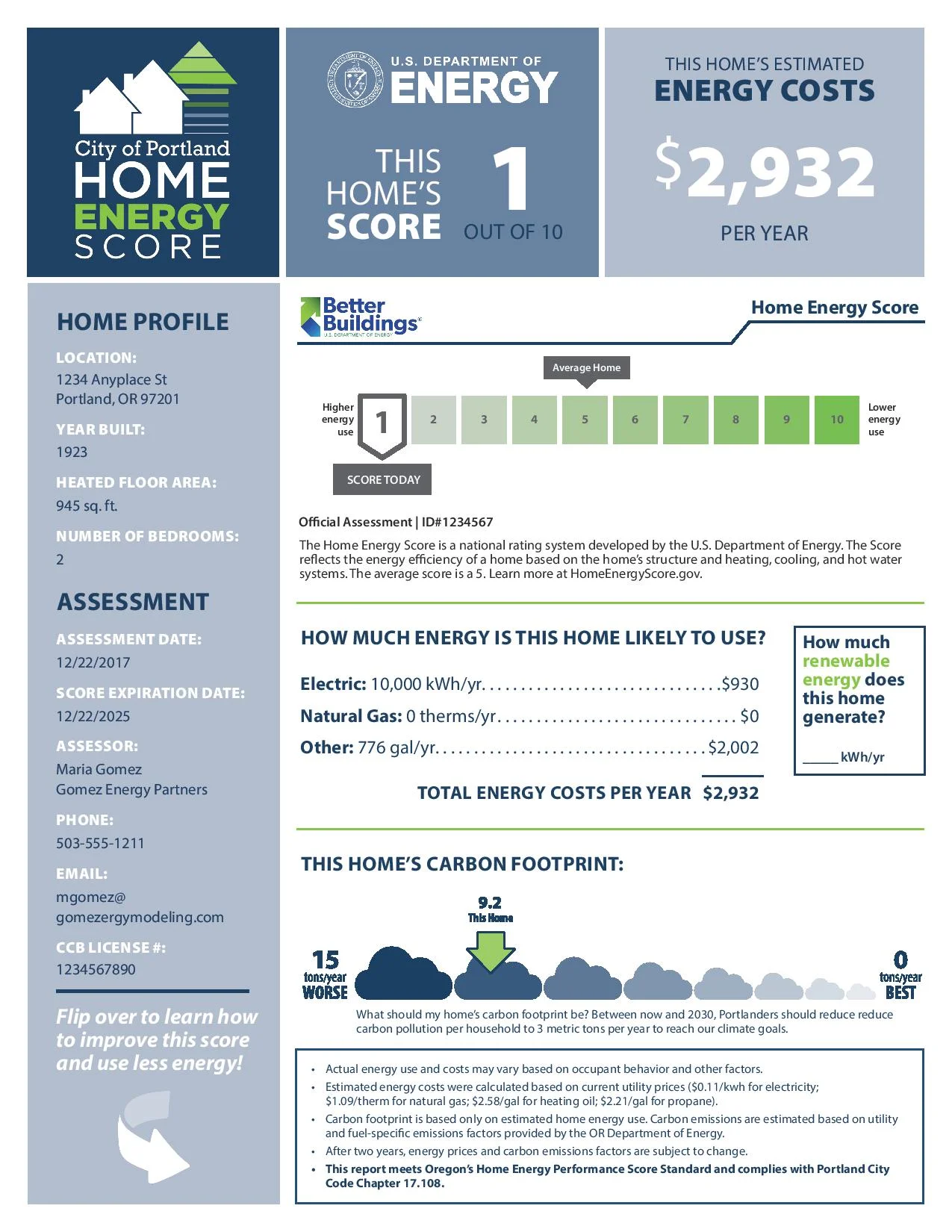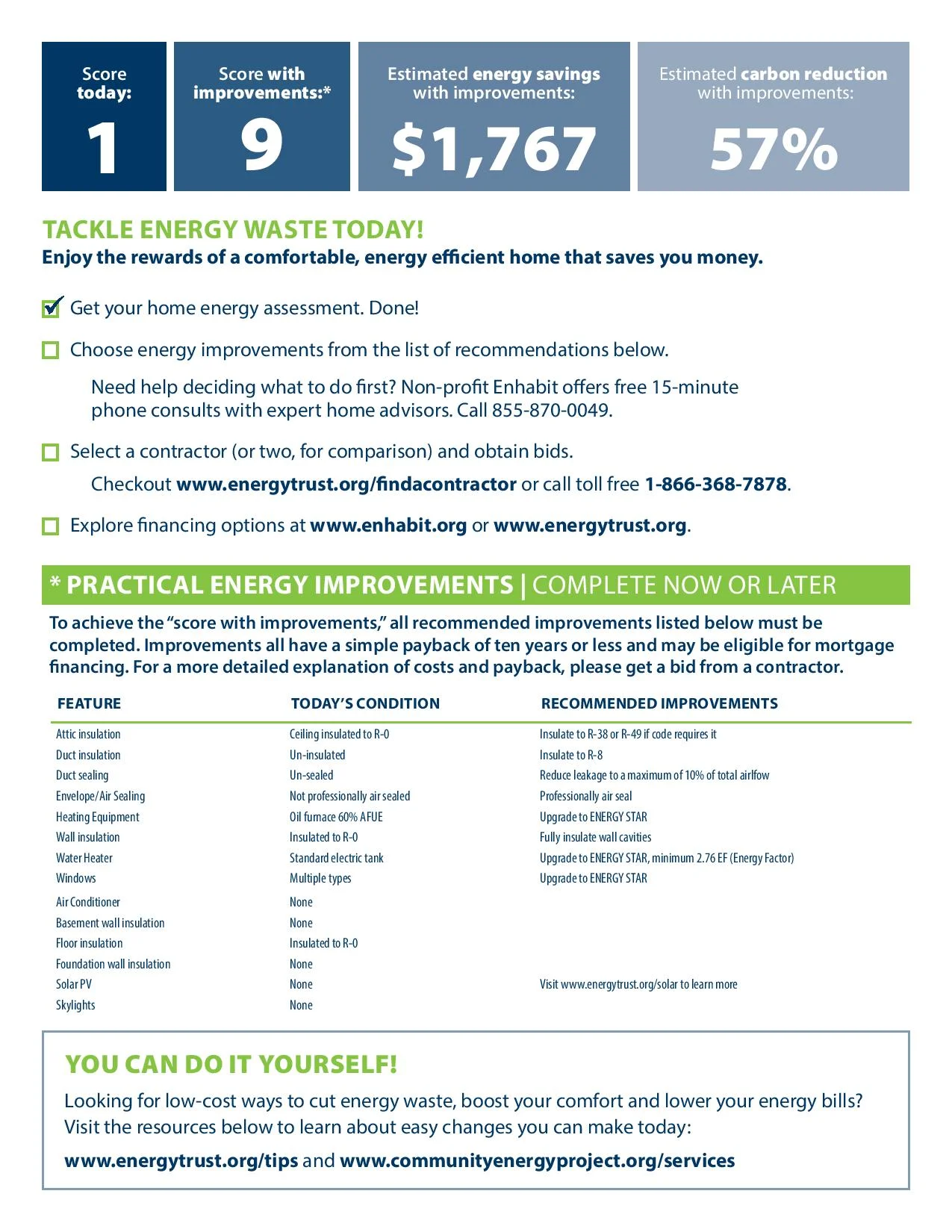Energy Use Effects of Working from Home
As we continue to work from home, you may notice your utility bills spiking. Keeping our homes comfortable over the summer has meant running air conditioners and fans more often or continuously. If those systems are inefficient and if the home is not well sealed and insulated, then you are wasting money and potentially increasing contaminants in the air. Utilities are struggling to keep up with demand and some continue to incentivize residential solar installs to help reduce the load on the grid.
So you want to cut down your energy use and utility bills but how do you do that during a time of uncertainty and financial stress? Here are some things you can do.
Practice energy conservation. Turn off those lights and water when not in use.
Have an energy consultant assess your home. (That’s us if you are in the Gorge!)
Contact your local utility and see if they have incentives for energy efficiency and solar energy upgrades.
Contact your mortgage lender to see if they offer refinancing for energy efficiency upgrades. Rates are awesome right now so a great opportunity!
Contact your local solar installer to see if solar is right for your home.
Plus, did you know that energy efficient homes sell for more and for faster? HERS rated homes sell for 2.7% more than unrated homes. They also realize a long term financial advantage of lower utility bills and maintenance costs. More great reasons to improve your home today!








